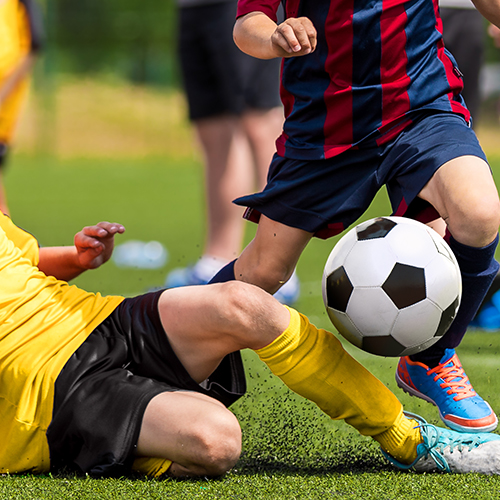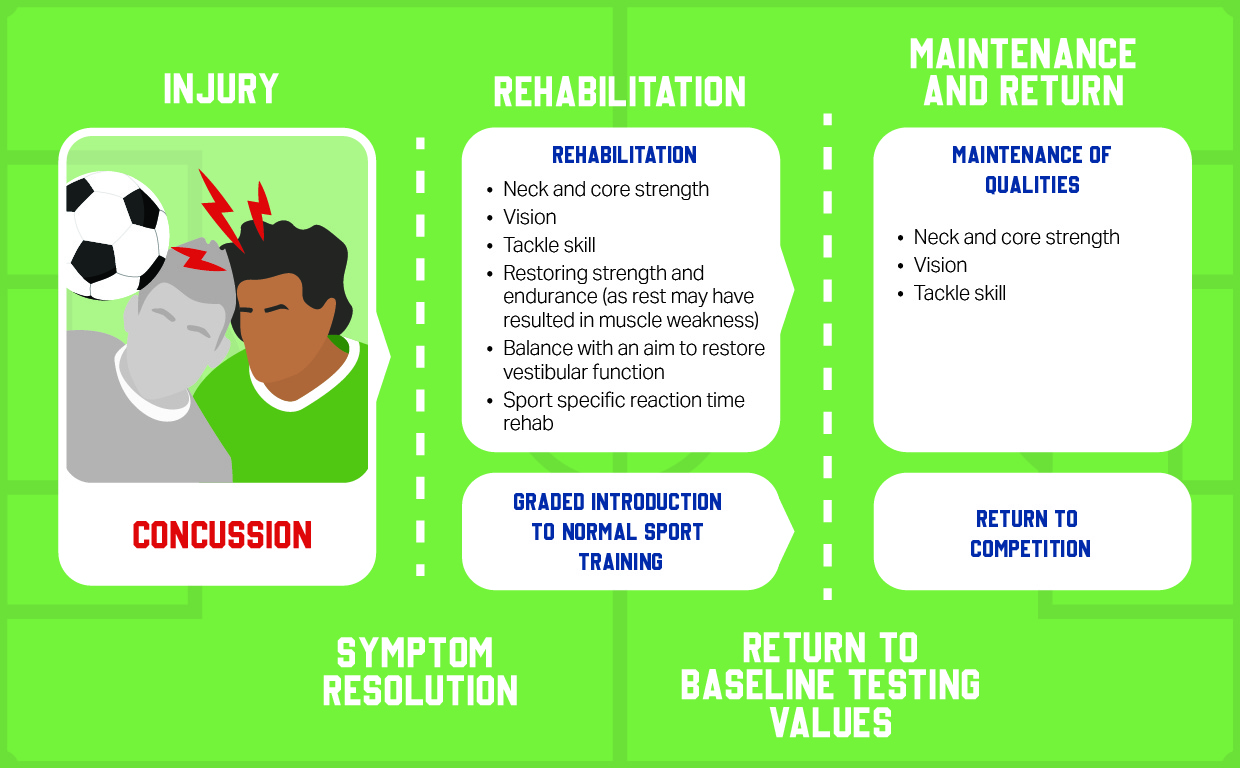27 June 2025
 As sport-related concussions continue to spark global concern, researchers at the University of South Australia (UniSA) are turning their attention to a largely overlooked group – non-professional athletes – calling for more rigorous return-to-play assessments to protect everyday players.
As sport-related concussions continue to spark global concern, researchers at the University of South Australia (UniSA) are turning their attention to a largely overlooked group – non-professional athletes – calling for more rigorous return-to-play assessments to protect everyday players.
In a new study, researchers suggest that current return-to-play protocols for semi-elite and community sport athletes might not be enough to ensure the safety of players following a concussion.
A sports-related concussion is traumatic brain injury that occurs when a hit to the head, neck or body causes a sudden jolt to the brain. It can lead to a range of symptoms, with or without a loss of consciousness.
Lead author, UniSA’s Dr Hunter Bennett, says repeated concussions have a host of long-term health effects.
“Concussions are one of the most common injuries across all sorts of sports. But while many sporting organisations have guidelines that dictate the minimum time a player must wait before returning to play, they may not always be enough ensure a full recovery,” Dr Hunter says.
“In the short-term, returning to sport before a concussion has properly healed can lead to impaired balance, coordination and reaction time, which can increase the risk of injury during sport.
“In the long-term, the risks are even more serious – from cognitive impairment to neurodegenerative diseases like motor neuron disease, Parkinson’s disease and Alzheimer’s disease, as well as chronic traumatic encephalopathy.
“Community sportspeople, including children, are particularly vulnerable, as they don’t have the same access to medical support as professional athletes.”
Dr Bennett says return-to-play decisions for non-professional players should go beyond symptom checks.
“Instead, they should include symptom-based assessments that test balance, memory, and coordination – key areas affected by concussion – in conjunction with personalised rehabilitation plans to support recovery and reduce the risk of reinjury.”
The Australian Institute of Sport recommends that the earliest a non-professional player can return to play is 21 days after a concussion. For elite players in the AFL or Rugby Australia, the minimum is 12 days.
But even with those timelines, Dr Bennett says, there are still gaps in how concussions may be assessed and managed at community and school sport levels.
“There’s a lot of variation in how potential concussions are handled at local levels. And while the intention is always to support and protect the player, sometimes the necessary precautions are not instigated,” Dr Bennett says.
“Even at professional levels, some research suggests that more than 60% of sports physicians and trainers report feeling pressure from athletes to clear them early, and more than half say they’ve felt pushback from coaches.
“We know all players – whether professional or not – want to return to their sport as soon as possible, but it’s essential that we take a cautious and individualised approach.
“Upskilling team clubs, schools and community sports groups to better recognise the signs of concussion, follow proper protocols, and prioritise player wellbeing is key to creating a safer sporting culture at every level.
“Because when it comes to concussion, it’s not just about getting back on the field – it’s about protecting long-term brain health.”

…………………………………………………………………………………………………………………………
Contact for interview: Dr Hunter Bennett E: Hunter.Bennett@unisa.edu.au
Media contact: Annabel Mansfield M: +61 479 182 489 E: Annabel.Mansfield@unisa.edu.au



